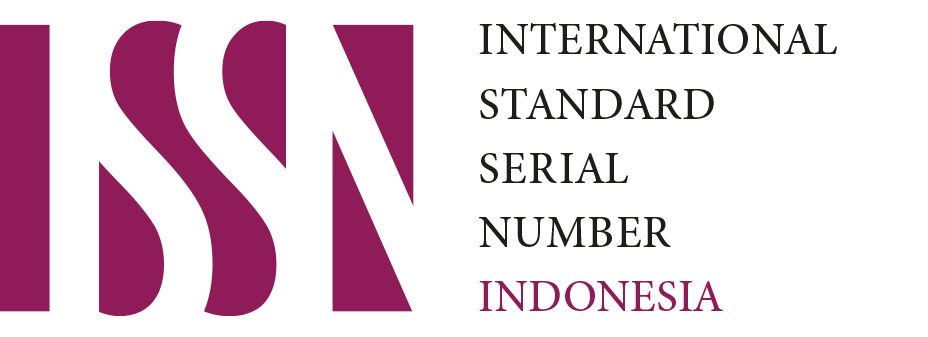The existence of housewives in the Instagram
Downloads
Background of the study: Social media and housewives have become an inseparable unity, especially in Karawang. Accessing social media is a routine that is always done every day. Existence or self-actualization is the reason housewives have social media accounts, one of the Instagram. The purpose of this study is to determine the motives of housewives have Instagram and to know the forms of interaction and content that are distributed to the public.
Purpose: This study aims to determine the impact of the use of Instagram on consumptive behavior of housewives in Karawang.
Method: This qualitative research uses a descriptive method by taking a location on a housewife in Karawang.
Findings: The motive of housewives using Instagram is quite religious, that is entertainment, selling its business, product, socialization, and self-existence, the form of interaction and content distributed in Instagram is post photo with caption interesting, giving hashtag, and follow the trends in Instagram. The conclusion of this research is through Instagram, the housewife can show their existence to the environment to be seen and accepted well.
Conclusion: 1) Instagram is a phenomenal social media among housewives because users are spoiled with various features available on Instagram, 2) the campus provides a large bandwidth so they can access Instagram more easily, and 3) the impact of expanding access to the internet becomes they are more consumptive to do transactions face to face.
Downloads
Chaniago, R. L. (2017). Selfie sebagai wujud meningkatkan eksistensi diri mahasiswi melalui akun instagram (studi kasus mahasiswi bimbingan konseling islam iain purwokerto tahun 2014). IAIN Purwokerto. Retrieved from http://repository.iainpurwokerto.ac.id/2793/1/COVER_BAB I_BAB V_DAFTAR PUSTAKA.pdf
Junaidi, H. (2017). Ibu Rumah Tangga: Streotype Perempuan Pengangguran. An Nisa'a: Jurnal Kajian Gender Dan Anak, 12(1), 77–88. Retrieved from https://media.neliti.com/media/publications/177482-ID-ibu-rumah-tangga-streotype-perempuan-pen.pdf
Laksana, N. C. (2018). Ini Jumlah Total Pengguna Media Sosial di Indonesia. Okezone.com. Retrieved from https://techno.okezone.com/read/2018/03/13/207/1872093/ini-jumlah-total-pengguna-media-sosial-di-indonesia
Librianty, A. (2015). Melongok Sejarah Instagram 5 Tahun Lalu. Liputan6.com. Retrieved from https://www.liputan6.com/tekno/read/2335921/melongok-sejarah-instagram-5-tahun-lalu
Mahendra, B. (2017). Eksistensi sosial remaja dalam instagram (sebuah perspektif komunikasi). Jurnal Visi Komunikasi, 16(1), 151–160. Retrieved from file:///C:/Users/Acer ES1-432/Downloads/1649-3678-1-SM.pdf
Mathew B. Miles, & Huberman, M. (1992). Analisis data kualitatif buku sumber tentang metode-metode baru. Jakarta: UIP.
Moleong, L. J. (2017). Metode Penelitian Kualitatif. Bandung: Remaja Rosdakarya.
Nasrullah, R. (2015). Media Sosial: Persfektif Komunikasi, Budaya, dan Sosioteknologi. Bandung: Simbiosa Rekatama Media.
Pertiwi, W. N. K. (2018). 7 Fitur Baru Instagram Ancam Snapchat, YouTube, dan Ask.fm. Kompas. Retrieved from https://tekno.kompas.com/read/2018/07/02/12090047/7-fitur-baru-instagram-ancam-snapchat-youtube-dan-ask.fm
Puntoadi, D. (2011). Menciptakan Penjualan Melalui Social Media. Jakarta: Elex Media Komputindo.
W, S. H. (2003). What Matters Most: Hal-Hal Yang Paling Utama. Jakarta: Bina Rupa Aksara.
Record and Library Journal by Unair is licensed under a Creative Commons Attribution-ShareAlike 4.0 International License.
1. The journal allows the author to hold the copyright of the article without restrictions.
2. The journal allows the author(s) to retain publishing rights without restrictions
3. The legal formal aspect of journal publication accessibility refers to Creative Commons Attribution Share-Alike (CC BY-SA).
4. The Creative Commons Attribution Share-Alike (CC BY-SA) license allows re-distribution and re-use of a licensed work on the conditions that the creator is appropriately credited and that any derivative work is made available under "the same, similar or a compatible license”. Other than the conditions mentioned above, the editorial board is not responsible for copyright violation.



 57201398420
57201398420

























